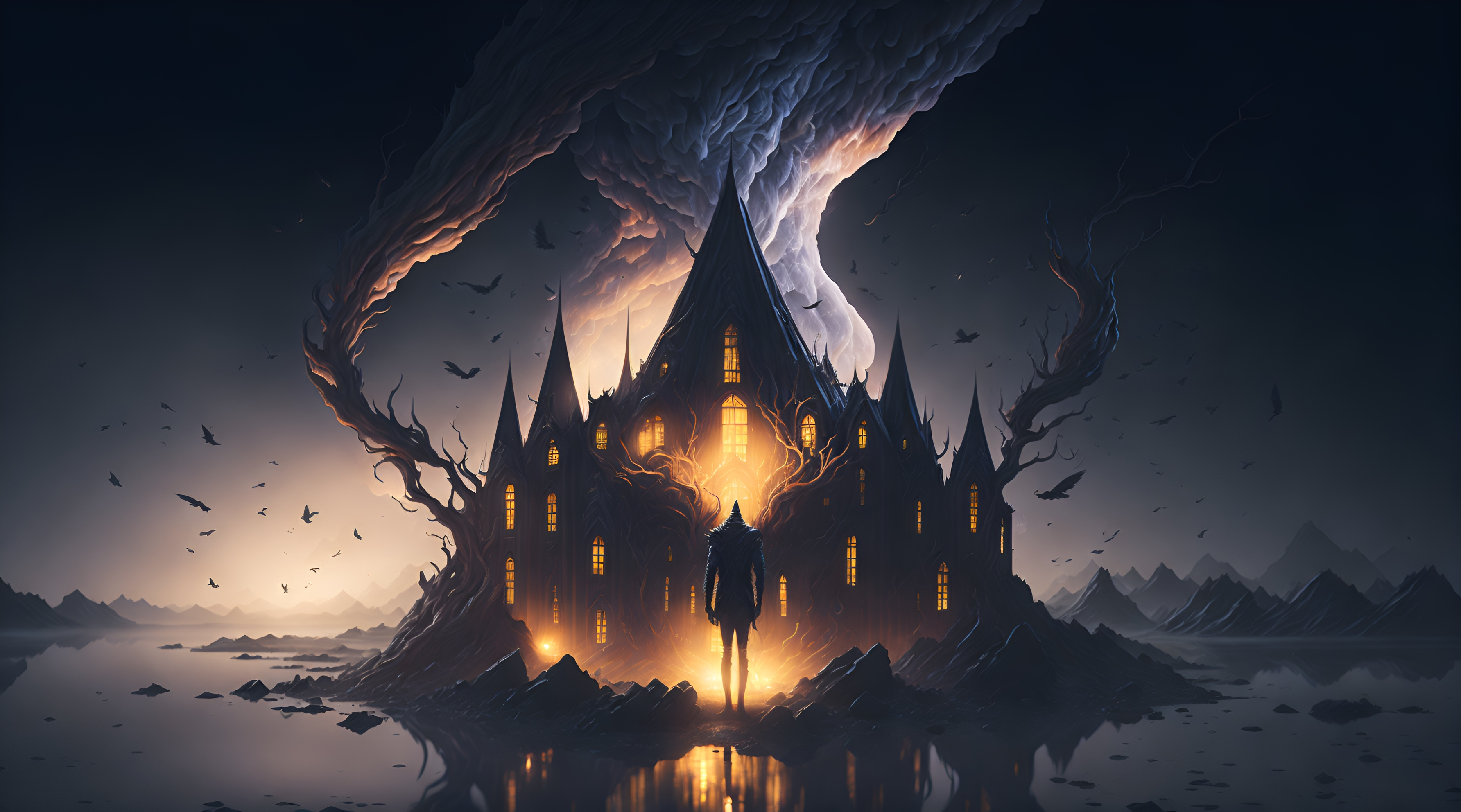
我昨天睡觉的时候突然想到一个问题,做梦跟 Midjourney 画图的原理是否接近?
入睡前看到书,电影,听的音乐或者想的乱七八糟的东西,往往会被带入梦中,古往今来研究控制梦境的奇人异事茫茫多,但始终无法精准控制。只能大概率控制一个梦境出现特定内容频率。
这个跟 Midjourney 生成的图像类似,无法精准控制生成的图像。
根据一些研究,我们的大脑在睡眠时会产生各种各样的活动,其中包括与记忆、想象和情绪处理相关的神经活动。这些活动可以在我们的梦中表现出来,产生各种各样的场景和情节。
一些研究者认为,我们可以通过在睡前给大脑输入特定的信息,来影响我们的梦境内容。这种方法被称为“梦境引导”(dream incubation)。
例如模糊的输入指令,就可以被视为一种梦境引导的方式。一些梦境引导的实验已经显示出了一定的效果,但是这种效果往往是不稳定的,而且可能会因人而异。
梦境引导并不是一种可以准确控制梦境内容的方法。我们的梦境是由大脑自主生成的,受到很多因素的影响,包括我们的情绪、体验和记忆等。因此,即使你进行了梦境引导,也不能保证你会做出与 Midjourney 绘图类似的梦境。
梦境引导和 Midjourney 绘图都是通过提供一些模糊的指令来影响结果,但是最终的结果往往是不确定的,因为它们都涉及到一些难以精准控制的因素。
在 Midjourney 绘图中,我们可以提供一些关键词或者简单的草图来指导绘图的方向,但是由于绘图的过程是由机器自主完成的,因此最终的结果可能会有一些出入。
在梦境引导中,我们可以提供一些模糊的指令来影响梦境内容,但是最终的梦境内容也很难精确控制,因为它们是由大脑自主生成的,受到很多因素的影响。
尽管这些方法的结果很难精确控制,但是它们仍然可以产生一些有趣的结果,并且可以帮助我们更好地理解我们的大脑和人工智能的工作原理。
另外我还发现,当我精神状态好,连续睡眠佳时,做的梦,很容易被我看穿,我能够很快意识到自己在做梦。
梦境中的场景分辨率很低,类似游戏中低模。通常我们看不清楚梦里人物的脸,或许这需要调动更多大脑神经元对人物面部精细运算。看清楚梦境里人物的脸,并不是我们做梦的目的。
低功耗运行,维持大脑活动频率,整合白天和过往的信息,删除冗余,把重要信息留存下来转化成长期记忆。
当我们身体状态虚弱时,往往分不清楚梦与现实,尤其当你做恶梦时,会有身临其境之感,甚至常常陷入害怕到尿裤子都无法醒过来的地步。
当一眼看穿梦就是梦,我在梦里,而非梦里有我。因此判断身体是否处于亚健康,又多了一个方法。
我们在梦境中会加强对我们在清醒状态下所学习和经历的记忆的处理和巩固,这有助于我们更好地记忆和应用这些信息。
梦也可以帮助我们处理情绪和应对压力。有些梦境可以帮助我们释放压力和情绪,减轻我们在清醒状态下的负面情绪体验。
在梦境中,我们的大脑可以自由地探索各种各样的想象和想法,这有助于我们在清醒状态下更好地发挥创造力和想象力。这一点类似于 Midjourney 不断积累用户操作数据,训练数据模型。
如果经常做同一个梦?映射到现实世界,或许这个场景代表某种需要挑战的困难,亟待解决的情感问题。这像一行固定代码,遇到困难,触发某个特定场景的梦。
梦占据我们生命的一半时间,但我们对梦的本质和作用仍然知之甚少。
发表回复